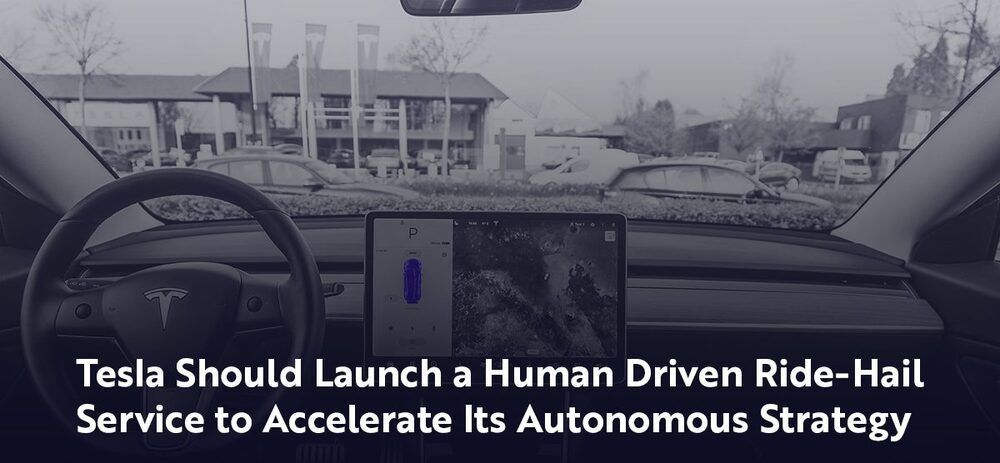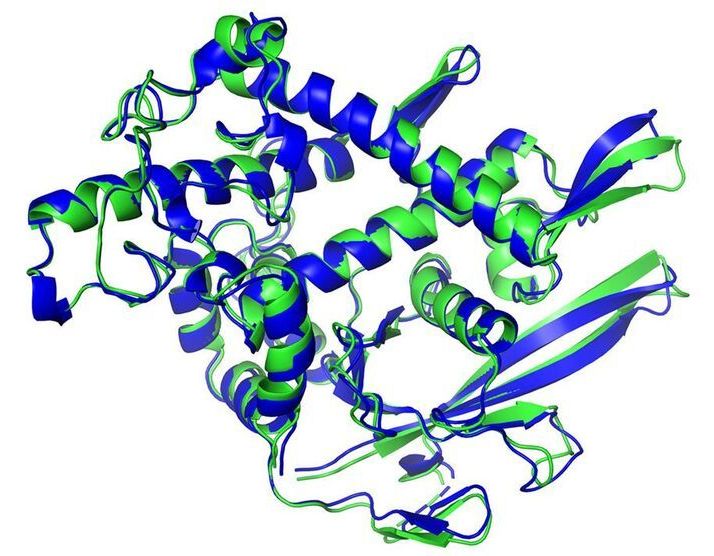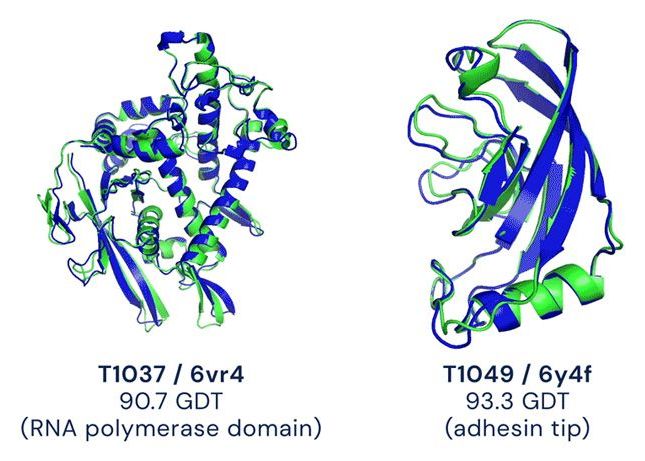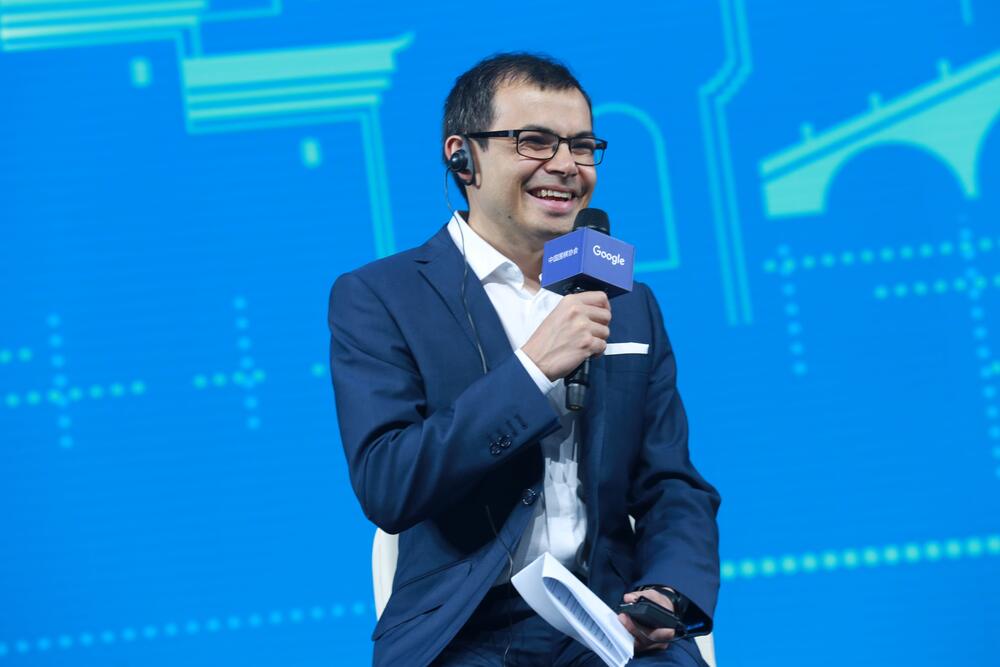ARK previously detailed the tactical advantages Tesla would enjoy if it were to launch a vertically integrated ride-hail service. Here, we detail the strategic logic of Tesla launching that service.


ARK previously detailed the tactical advantages Tesla would enjoy if it were to launch a vertically integrated ride-hail service. Here, we detail the strategic logic of Tesla launching that service.

The annual meeting of the Radiological Society of North America highlighted how artificial intelligence is being used to augment medical imaging.
RSNA 2020, the annual meeting of the Radiological Society of North America, showcases the latest research advances and product developments in all areas of radiology. Here’s a selection of studies presented at this year’s all-virtual event, all of which demonstrate the increasingly prevalent role played by artificial intelligence (AI) techniques in diagnostic imaging applications.
Deep-learning model helps detect TB
Early diagnosis of tuberculosis (TB) is crucial to enable effective treatments, but this can prove challenging for resource-poor countries with a shortage of radiologists. To address this obstacle, Po-Chih Kuo, from Massachusetts Institute of Technology, and colleagues have developed a deep-learning-based TB detection model. The model, called TBShoNet, analyses photographs of chest X-rays taken by a phone camera.

Artificial intelligence (AI) has solved one of biology’s grand challenges: predicting how proteins curl up from a linear chain of amino acids into 3D shapes that allow them to carry out life’s tasks. Today, leading structural biologists and organizers of a biennial protein-folding competition announced the achievement by researchers at DeepMind, a U.K.-based AI company. They say the DeepMind method will have far-reaching effects, among them dramatically speeding the creation of new medications.
A long-standing and incredibly complex scientific problem concerning the structure and behaviour of proteins has been effectively solved by a new artificial intelligence (AI) system, scientists report.
DeepMind, the UK-based AI company, has wowed us for years with its parade of ever-advancing neural networks that continually trounce humans at complex games such as chess and Go.
All those incremental advancements were about much more than mastering recreational diversions, however.

There’s a lot of buzz around self-driving cars, but autonomous driving technology could revolutionize the construction industry first. That industry hasn’t changed much over the last several decades, according to some experts, making it an ideal candidate for automation.
“The way we build today is largely unchanged from the way we used to build 50 years ago,” said Gaurav Kikani, vice president of Built Robotics. “Within two years, I think we’re really going to turn the corner, and you’re going to see an explosion of robotics being used on construction sites.”
The industry is also faced with a labor shortage that the Covid-19 pandemic has further complicated.

A 50-year-old science problem has been solved and could allow for dramatic changes in the fight against diseases, researchers say.
For years, scientists have been struggling with the problem of “protein folding” – mapping the three-dimensional shapes of the proteins that are responsible for diseases from cancer to Covid-19.
Google’s Deepmind claims to have created an artificially intelligent program called “AlphaFold” that is able to solve those problems in a matter of days.

LONDON — Alphabet-owned DeepMind has developed a piece of artificial intelligence software that can accurately predict the structure that proteins will fold into in a matter of days, solving a 50-year-old “grand challenge” that could pave the way for better understanding of diseases and drug discovery.
Every living cell has thousands of different proteins inside that keep it alive and well. Predicting the shape that a protein will fold into is important because it determines their function and nearly all diseases, including cancer and dementia, are related to how proteins function.
“Proteins are the most beautiful, gorgeous structures and the ability to predict exactly how they fold up is really very, very challenging and has occupied many people over many years,” Professor Dame Janet Thornton from the European Bioinformatics Institute told journalists on a call.


Since Xi put out the call to build up the new area, China’s tech giants have piled in. Alibaba Group Holding, Tencent Holdings, Baidu, Zhongguancun Science Park and Tsinghua University have all established projects in Xiongan. The projects include the use of sensors, 5G networks and facilities for supercomputing and big data in the pursuit of building up the smart city. Alibaba is the parent company of the Post.
JD Digits, the e-commerce giant’s big data arm, is building a smart city operating system that uses artificial intelligence for urban management.